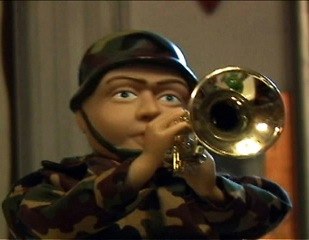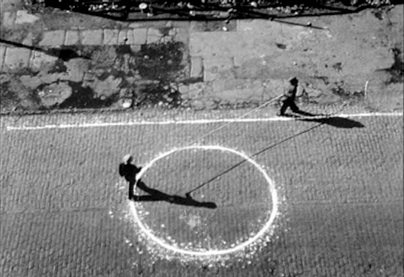Shifting between media, Marnie Weber’s multifaceted, interconnected practice encompasses performance, film, video, sculpture, collage, music and costume. Blending the carnivalesque, the bacchanalian, the mystical and the absurd, Weber creates uncanny worlds that exist in a realm between fantasy and reality, and invite viewers to an exploration of the subconscious.
In her work, one finds hybrid creatures, sometimes realized in two dimensions, and others incorporating mannequins disguised in ornate costumes and masks. These function as contemporary grotesques in the spirit of Hieronymus Bosch, and place emphasis on unnatural bodies and surreal worlds. The darkness of Weber’s vision can be seen to lie in the precarious relationship between the parable, quasi-Wizard of Oz aesthetic and the overtly adult subject matter: sex, drugs and death.
Since the 1990s, several pictorial tropes have recurred with frequency in Weber’s works, most notably: the mythological anthropomorphising of animals and the relationship between animals and humans; appropriation and the re-contextualization of images, which place women in positions of power and primacy; and the importance of the backdrop or milieu as a site of transformation and magic. Exploring the loss of innocence, the community of living things, spiritualism and the subconscious, Weber’s folkloric works present psychologically-charged, neo-gothic fairytales. Disorienting and mysterious, they elicit responses from viewers, which fluctuate between melancholy and delight, attraction and repulsion, humour and tragedy.








